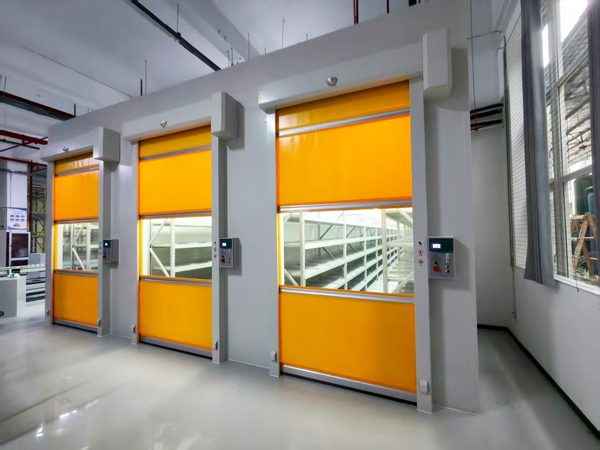What Factors Affect the Cost of a Cleanroom?
Building a cleanroom is a highly customized project. The cost can vary significantly—from a few thousand to tens of thousands of dollars per square meter. So, why is there such a big difference in cleanroom pricing? The key factors that affect cleanroom construction costs include cleanliness level, room size, material and equipment choices, and industry-specific requirements. Let’s explore these factors in detail.
1. Cleanliness Class: The Core Cost Factor
The cleanroom’s cleanliness classification is the most significant cost determinant. Cleanrooms are categorized by ISO standards into ISO 1 to ISO 9 (or Class 1 to Class 100,000 in US FED STD 209E), based on the concentration of airborne particles.
The higher the cleanliness level (i.e., the lower the ISO class number), the more stringent the requirements for air purity, filtration, and ventilation. For example, an ISO 5 cleanroom requires more advanced air filtration systems and significantly higher air changes per hour than an ISO 8 cleanroom.
More filters, higher-grade HEPA/ULPA filters, more powerful HVAC systems—all lead to increased costs. This is why cleanrooms with higher cleanliness levels are exponentially more expensive to build.
2. Room Size: Bigger Space, Higher Cost
The larger the cleanroom, the more materials, equipment, and labor are needed, which directly increases the total construction cost.
Think of it like purchasing real estate: a 300-square-meter facility will undoubtedly cost more than a 150-square-meter one—not only in construction but also in operational costs. More space means more air to filter, more panels to install, and more systems to maintain.
3. Material and Equipment Selection
The choice of construction materials and cleanroom equipment greatly affects the cost.
Depending on your industry, materials may need to be corrosion-resistant, anti-static, easy to clean, or antimicrobial. Examples include:
- Epoxy or PVC flooring
- Stainless steel wall panels
- Aluminum honeycomb sandwich panels
Similarly, the type and quantity of equipment—such as cleanroom air conditioners (HVAC), FFUs, HEPA filters, air showers, pass boxes, and lighting systems—will add to the total budget. Premium equipment with higher energy efficiency or smart monitoring systems will cost more upfront but may reduce long-term operational costs.
4. Industry-Specific Requirements and Customization
Different industries have different cleanroom requirements. For example:
- Pharmaceutical and biotech cleanrooms must comply with GMP, USP 797/800 standards.
- Semiconductor and electronics industries demand ultrahigh precision environments.
- Medical device manufacturing often requires ISO 7 or ISO 8 cleanrooms with anti-static materials.
The more specialized the industry, the more customization is needed. These tailored solutions—such as modular wall systems, integrated monitoring systems, or real-time environmental tracking—add to the overall project cost.
Conclusion
To summarize, the cost of building a cleanroom is influenced by:
- The required cleanliness class
- The size of the facility
- The materials and equipment used
- The specific industry and its regulations
When planning your cleanroom, it’s crucial to work with an experienced cleanroom contractor who can help balance cost and compliance. At DERSION, we provide tailored cleanroom solutions with transparent pricing and uncompromising quality.
Post time: Jul-25-2025

